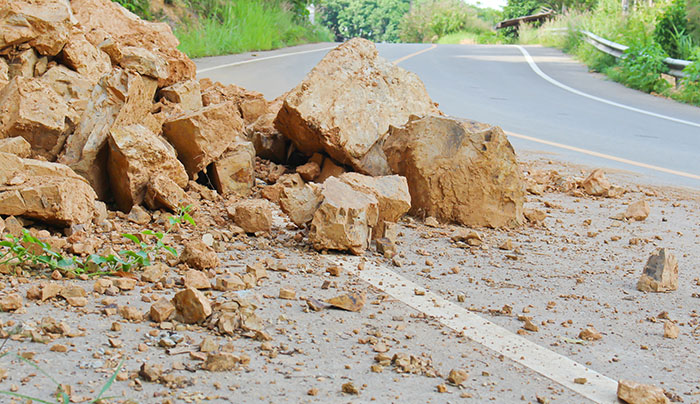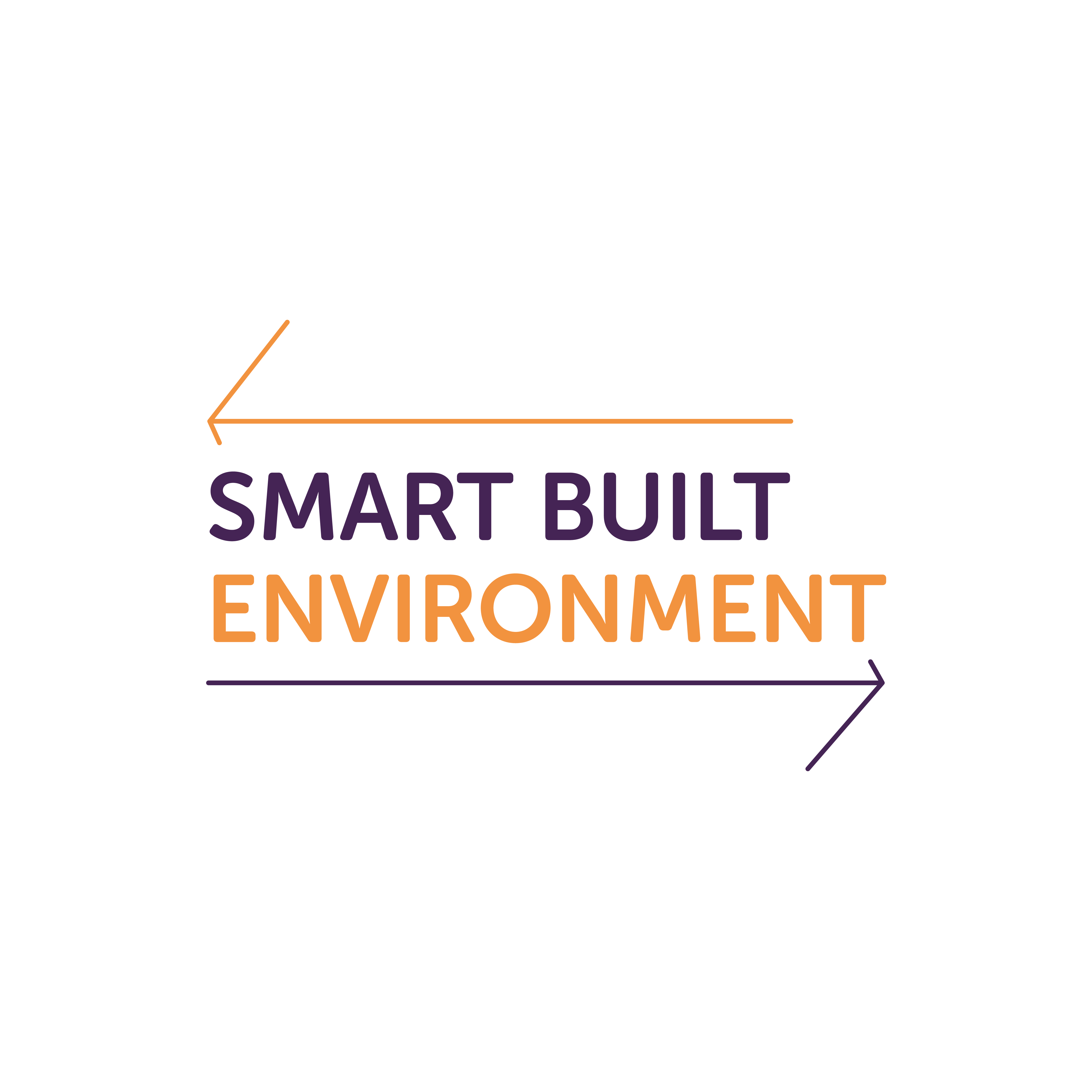Changes in land use, land development, and evolving climatic conditions significantly impact the risk of wear and tear and structural collapse. This encompasses not only the ground beneath and surrounding buildings but also infrastructure solutions. Leveraging new technologies, modern materials, and enhanced monitoring and controls, substantial preventive sures can be implemented helping to build a more resilient built environment.
Agenda
Moderator: Cristina Lázaro, Smart Built Environment
- Introduction to Smart Built Environment
Kristina Gabrielii, program manager, Smart Built Environment - Digital and connected bridges for efficient and intelligent management
Peter Rosengren, IoT Bridge, Digitalisation Platform for Connected Bridges - Forward to resilient smart monitoring of geostructures
Jelke Dijkstra, Chalmers - Panel, discussion
Kristina Gabrielii, Peter Rosengren och Jelke Dijkstra
About the organisers
The Swedish innovation agency, Vinnova and the Swedish research council for sustainable development jointly finance a total of 17 strategic innovation programmes, of which Smart Built Environment and InfraSweden are two of them.
Smart Built Environment is a plan that outlines how the built environment sector can contribute to Sweden’s journey to the global forefront of the new opportunities of digitalisation, so that we can achieve intelligent, sustainable cities, manage our resources more efficiently and reduce carbon emissions.
Read more: Smart Built Environment – Smart Built
InfraSweden identifies and exploits innovation opportunities, intelligence requirements and cooperation potential that have an impact on the future development of transport infrastructure. InfraSwedens vision is to achieve a sustainable transport infrastructure that supports the transition towards the 2030 Agenda and will achieve climate neutrality 2045
Read more: Infrasweden








